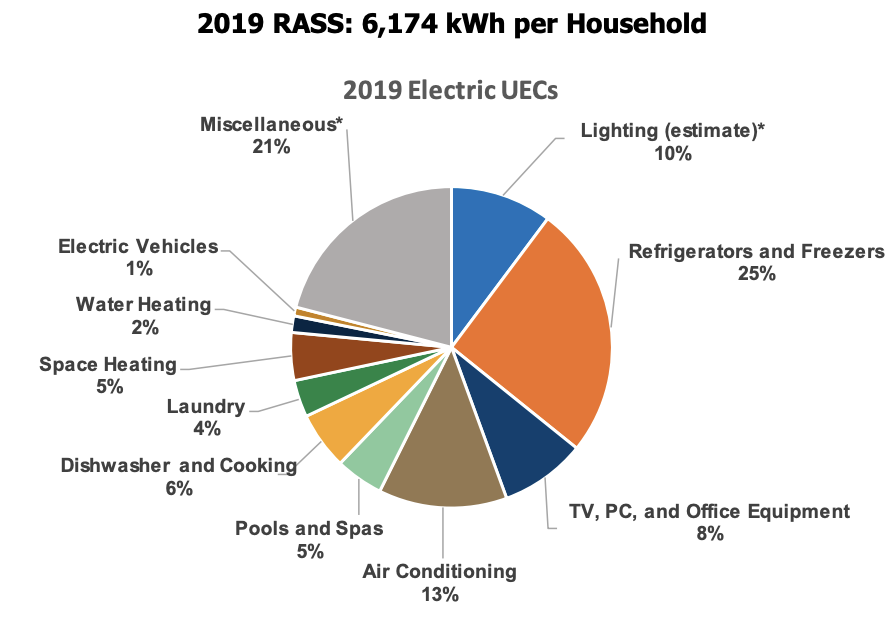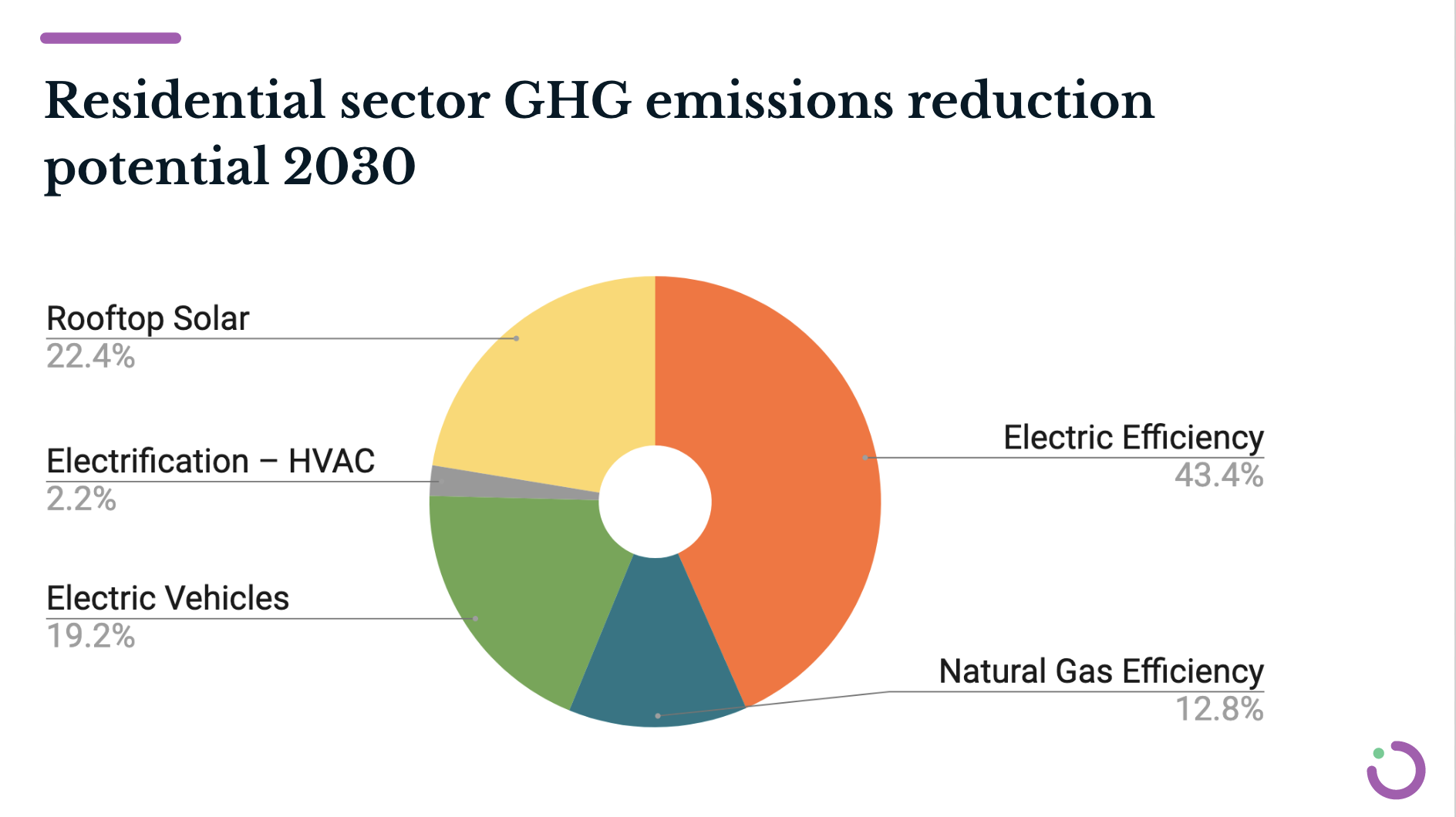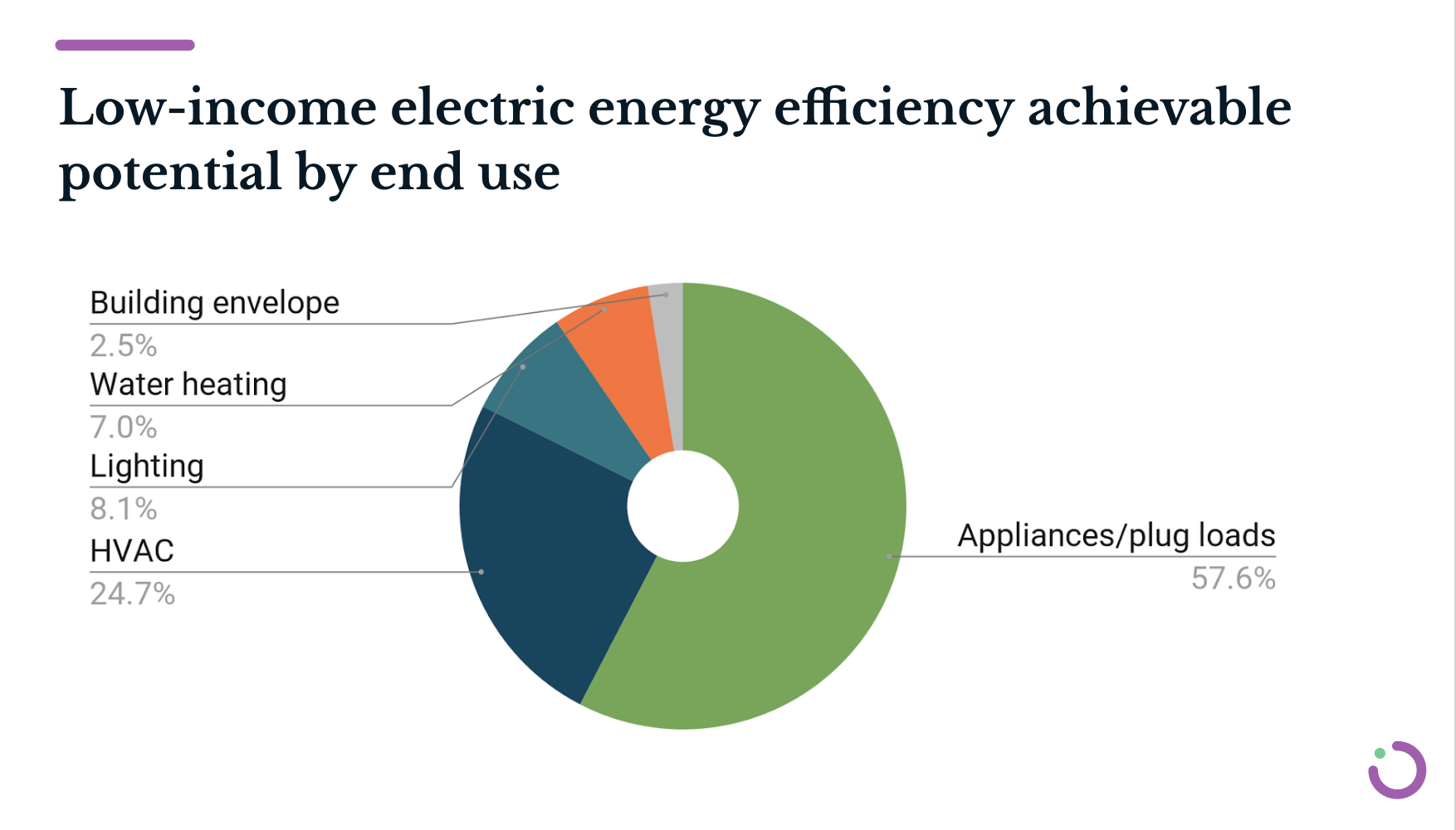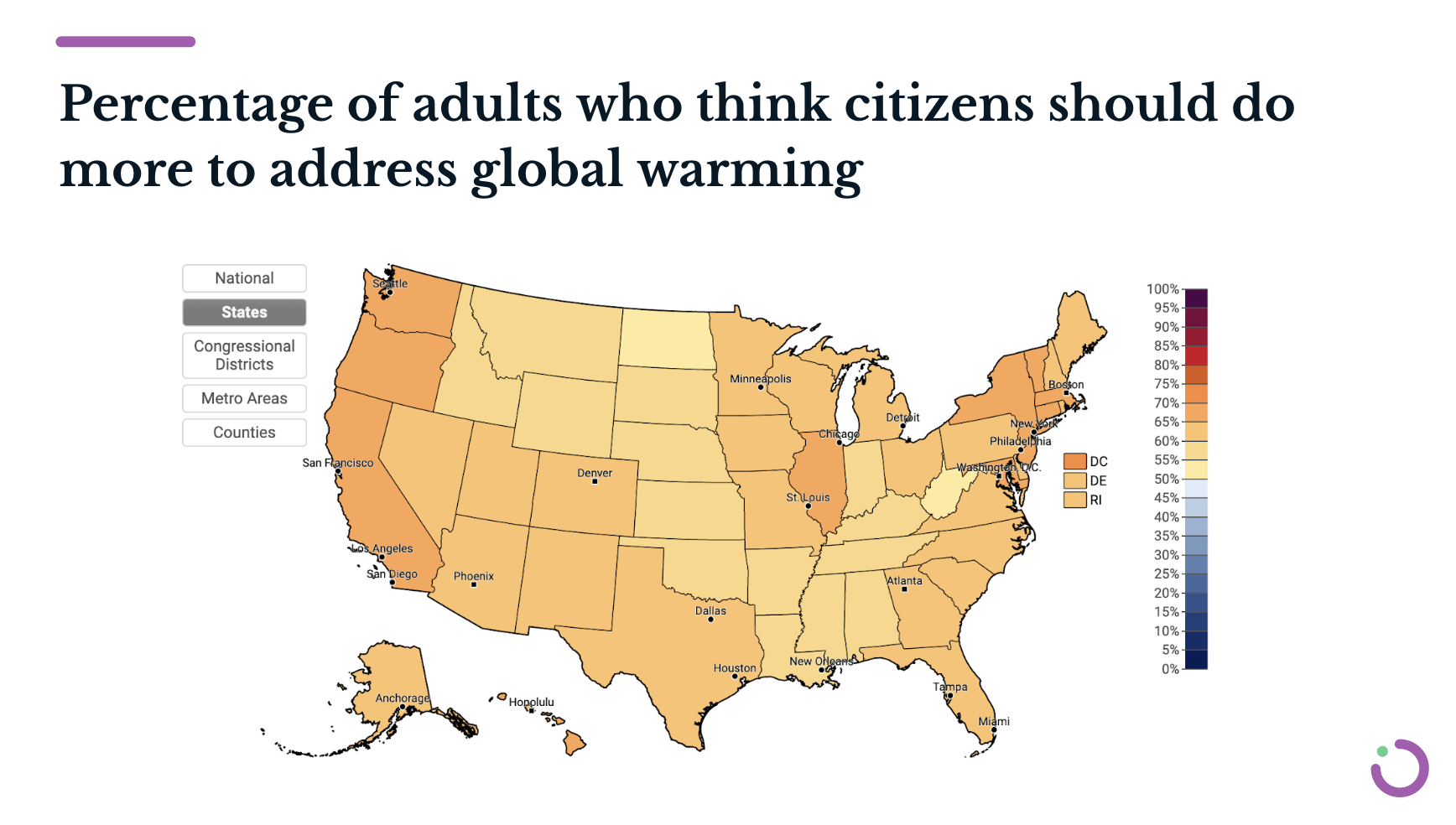Appliances and plug-in devices quietly dominate home electricity use—and they’re often bought at retail by individuals, not installed by contractors. That makes the buying decision itself the biggest lever utilities and states have to cut bills and emissions fast.
Key takeaways
- Plug loads are the big slice: When you add up refrigerators, TVs, room A/Cs and other “plug-in” devices, they account for ~75% of household electricity consumption (CA RASS, 2019) [1].
- Customer actions beat supply-side alone: A national analysis finds residential customer actions can nearly double the GHG reduction impact of supply-side measures by 2030—with electric efficiency the single largest piece [2].
- Programs miss the moment: Traditional rebate frameworks often show little to no achievable plug-load potential [3]—even though the low-income study in CA attributes 57% of electric savings potential to appliances and plug loads [4].
- Modern fix: Meet shoppers at the point of need with a utility marketplace and inclusive Eco Financing that converts a $1,000 expense into ~$25/mo—removing the up-front barrier.
The outsized contribution of appliances to residential electricity use
“Deep retrofits” get the headlines, but most household electricity is driven by retail purchases—appliances and devices that simply plug in. In California’s latest Residential Appliance Saturation Study, plug loads account for roughly three-quarters of household use and the share has grown over the last decade [1]. National RECS data show the same pattern.

Stop energy waste behind the meter for the greatest emissions reductions
Greening the grid and electrifying end uses matter—but customer decisions can move faster. A Brattle Group study shows individual residential actions can deliver nearly 2× the GHG reductions of supply-side alone by 2030; within customer actions, electric efficiency leads rooftop solar and other options [2].

And most electric-efficiency measures are exactly those appliances and plug-in devices people already buy at retail.
Why many programs miss plug loads (and how to fix it)
California’s 2021 Potential & Goals study attributed zero achievable, cost-effective savings to plug loads under current rebate rules [3]. Yet the companion low-income study shows 57% of savings potential by 2030 comes from appliances/plug loads—precisely because they’re quick to install and often don’t require landlord approval [4].

What’s going on?
- Design blind spots: Legacy frameworks often ignore barrier-removal approaches that influence purchases during natural replacement cycles without rebates.
- Cost-effectiveness math: Participant costs penalize private investment in the standard portfolio, while low-income programs use different tests, capturing far more of the technical potential.
The consumer is ready—if you make it easy
Across the U.S., 64% of Americans say individuals should do more to address global warming—and it’s >50% in every state [5]. The single most impactful action for many households? Buy energy-efficient appliances that lock in lower usage for a decade or more.

A modern channel that actually captures the savings
Online research is now ubiquitous, and more than 30% of major appliances are purchased online. That’s a huge opportunity to meet shoppers where they already are and remove the barriers (market, cognitive, psychological, financial) that block efficient choices.
Enervee’s approach combines:
- Guided choice: model-level efficiency signals (the Enervee Score®) and personalized ownership cost/savings, so the efficient pick is the easy pick.
- Calm checkout: instant eligibility, transparent net price, installation/haul-away, and enrollments—delivered through a utility-branded utility marketplace.
- Inclusive payments: Eco Financing turns a $1,000 expense into ~$25/month with a fast online approval—eliminating the up-front price shock. Initial program data show ~95% of Eco Financing loans going to underserved borrowers.
What program owners and policymakers can do now
- Target the big slice: Prioritize appliances & plug loads that drive most electric use and are easily purchased/installed by customers (including renters).
- Shift from rebates to results: Fund barrier-removal designs (search, guidance, checkout, financing) that influence replace-now events and avoid “achievable potential = 0” outcomes.
- Protect bills, cut emissions: Efficient retail purchases reduce load without piling on portfolio costs—helping to offset upward bill pressure from grid investments.
Bottom line: Between now and 2030, success runs through the consumer. Make the efficient purchase simple, affordable, and available at the moment of need—and you’ll unlock the largest, fastest residential emissions reductions.
Notes
[1] 2019 California Residential Appliance Saturation Study
[2] The Customer Action Pathway to National Decarbonization (Brattle Group)
[3] 2021 Energy Efficiency Potential & Goals Study (CPUC)
[4] 2021 Low-Income Potential & Goals Study (CPUC)
[5] Yale Climate Opinion Maps
[6] Eliminating Market & Behavioral Barriers with Choice Engines (ACEEE)
